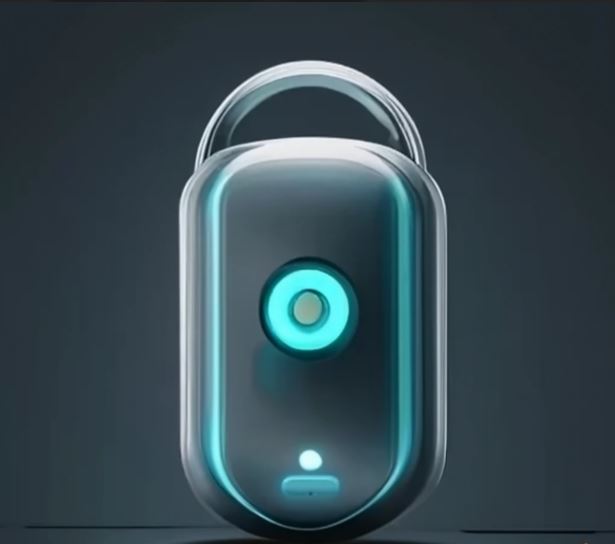Multi-Factor Authentication (MFA), also known as Two-Factor Authentication (2FA), is a method of authorising a login using multiple pieces of authentication. The pieces are usually defined as something the user has and something the user knows. For example, withdrawing money from a cash machine requires your valid credit or debit card (what you have) and your 4-digit Personal Identification Number (PIN) (what you know).
In the digital world, MFA provides an extra layer of security beyond the traditional username/password combination. When you want to sign into your account, you are prompted to authenticate with a username and password—this is the first verification layer. MFA works as additional steps in the process, reconfirming your identity through additional security layers. Its purpose is to make attackers’ lives harder and reduce fraud risks.
Here are some reasons why you should consider using Multi-Factor Authentication:
Enhanced Security
By requiring multiple forms of identification, MFA significantly increases the level of security for logins. It prevents unauthorised access and reduces the risk of identity theft.
Protection Against Phishing
Phishing attacks often trick users into revealing their passwords. With MFA, even if an attacker obtains your password, they won’t be able to access your account without the additional factor(s).
Reduced Risk of Account Takeover
Implementing MFA reduces the likelihood of unauthorised access or data breaches. It enhances overall security posture by making it harder for cybercriminals to compromise accounts.
Increased Trust with Customers
When customers know that their accounts are protected by MFA, they feel more confident using your services. Trust is crucial for maintaining customer relationships.
Compliance with Regulations
Many industry regulations require organisations to implement strong authentication methods. Using MFA helps businesses meet these compliance requirements.
Different methods can be used for Multi-Factor Authentication:
Mobile Device Multi-Factor Authentication
Websites or services send a one-time code to your smartphone or tablet via text message or notification. You use this code along with your access to your personal device for login. However this method can be exploited if they clone your phone.
Push Notifications
No password is required; instead, a signal is sent to your phone to approve/deny access. In the case of Microsoft, their servers will ask for a number displayed on the computer to be confirmed in the Authenticator app. This is the preferred method and now if available.
SMS Verification
A message is sent to a trusted phone number, prompting interaction or use of a one-time code. Again this can be bad if someone clones your device or phone number so is no longer recommended.
If you have any questions on this or any other cyber security query then please get in touch.
Martin Mayes – by-line and other articles
Further Reading
For a more in depth look at Multi-factor Authentication and the cyber security risks and threats to your user’s credentials have a look at these two articles by Clive, over on Smart Thinking Solutions.
Image by Craiyon


